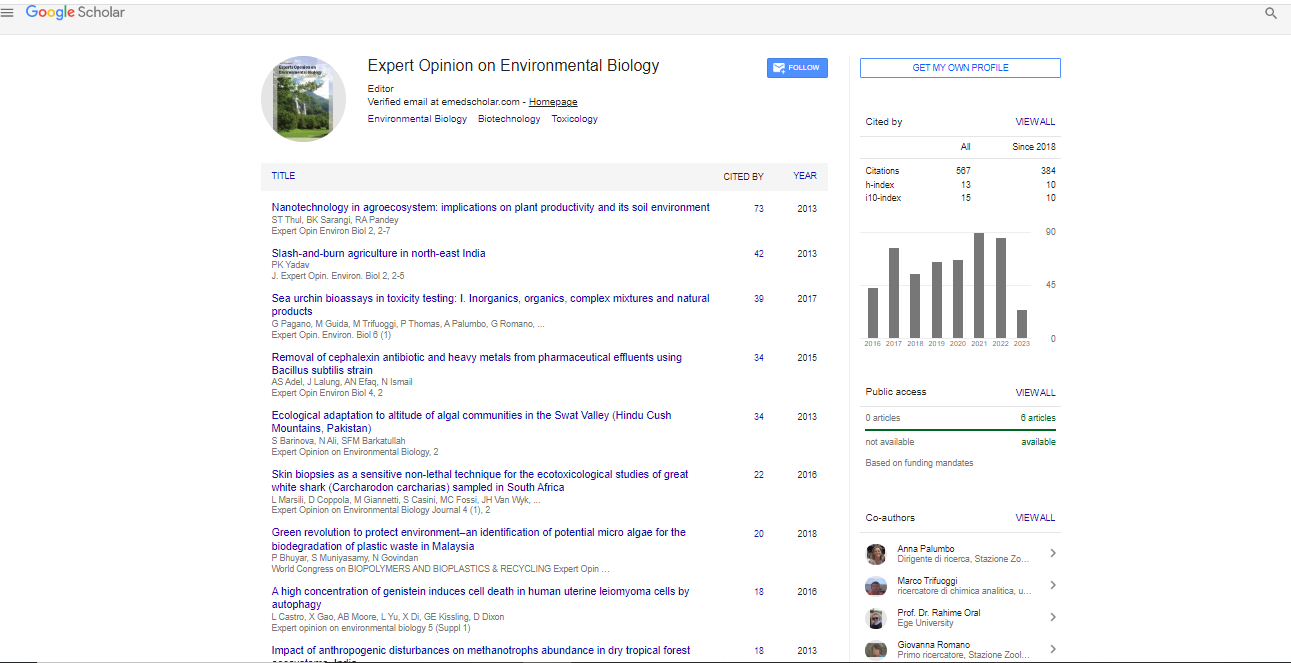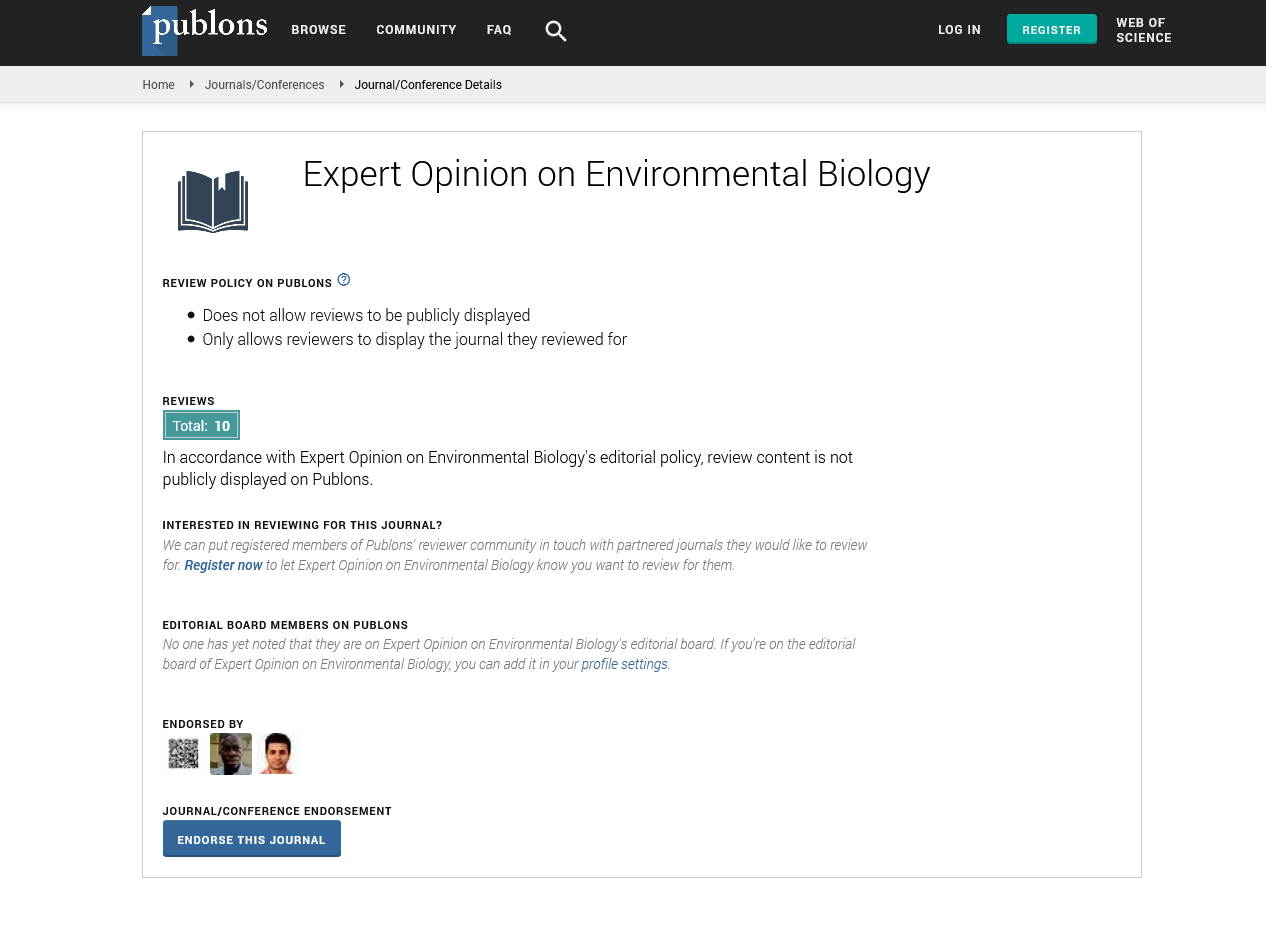Biohydrogen production using microbial electrolysis cell: A technoeconomic assessment
Maria Theresa Isla-Cabaraban
Ph D, DOST PCIEERD, XU-AdC, Philippines
: Expert Opin Environ Biol
Abstract
Microbial electrohydrogenesis is a novel process where organic materials are electrochemically oxidized to protons and electrons, which in turn are reduced to form H2 gas, with the aid of exoelectrogen microorganisms. The reactor in which these reactions occur is termed a microbial electrolysis cell (MEC). A hypothetical H2 facility connected to a fruit processing plant was created to investigate the techno-economic potential of hydrogen production from pineapple processing wastes in a microbial electrolysis cell. Hydrogen will be produced in batches via electrohydrogenesis of fruit processing residue and wastewater in a cassette-type MEC, using mixed microbial consortium obtained from the anaerobic wastewater treatment plant. Thermal pretreatment serves to convert cellulose in the substrate into glucose, and to deactivate the methanogens present in the anaerobic sludge. A Rhinohide membrane separates the cathode chamber from the anode chamber of the MEC, which requires an external power supply of 0.6 V to produce H2. The mass and energy balances of the process were simulated in MS Excel. The facility produces around 156 MT of H2 annually, generating energy and providing $ 108,170 in savings from avoided electricity costs with a payback period of 4 years. Using wastewater and residues also provides $ 4.7M in savings from avoided waste treatment costs. An estimated $ 6M in additional revenue could also be expected if the CO2 co-produced from the process is collected and sold. A net present value at the end of the facility’s useful life of $ 540,000 and a 31% discounted rate of return indicate a profitable investment.
Biography
Maria Theresa Isla-Cabaraban is a Professor of the Department of Chemical Engineering at Xavier University – Ateneo de Cagayan in the Philippines. Under a Fulbright Graduate Scholarship, she received her PhD in Environmental Resources Engineering from the State University of New York, College of Environmental Science and Forestry in Syracuse, Upstate New York where she investigated the sensitivity of an urban dry deposition model to input land cover, meteorology, and air pollutant concentration. Prior to obtaining her PhD, she was a Fulbright Advanced Research Fellow at the Michigan State University, where she examined life-cycle costs and environmental burdens of different solid waste management strategies. Her various research work involved developing and improving the efficiency waste-to-energy systems and technologies. She is concurrently an S&T Fellow at the Philippine Council for Industry, Energy, and Emerging Technology, Department of Science and Technology.
 Spanish
Spanish  Chinese
Chinese  Russian
Russian  German
German  French
French  Japanese
Japanese  Portuguese
Portuguese  Hindi
Hindi 
